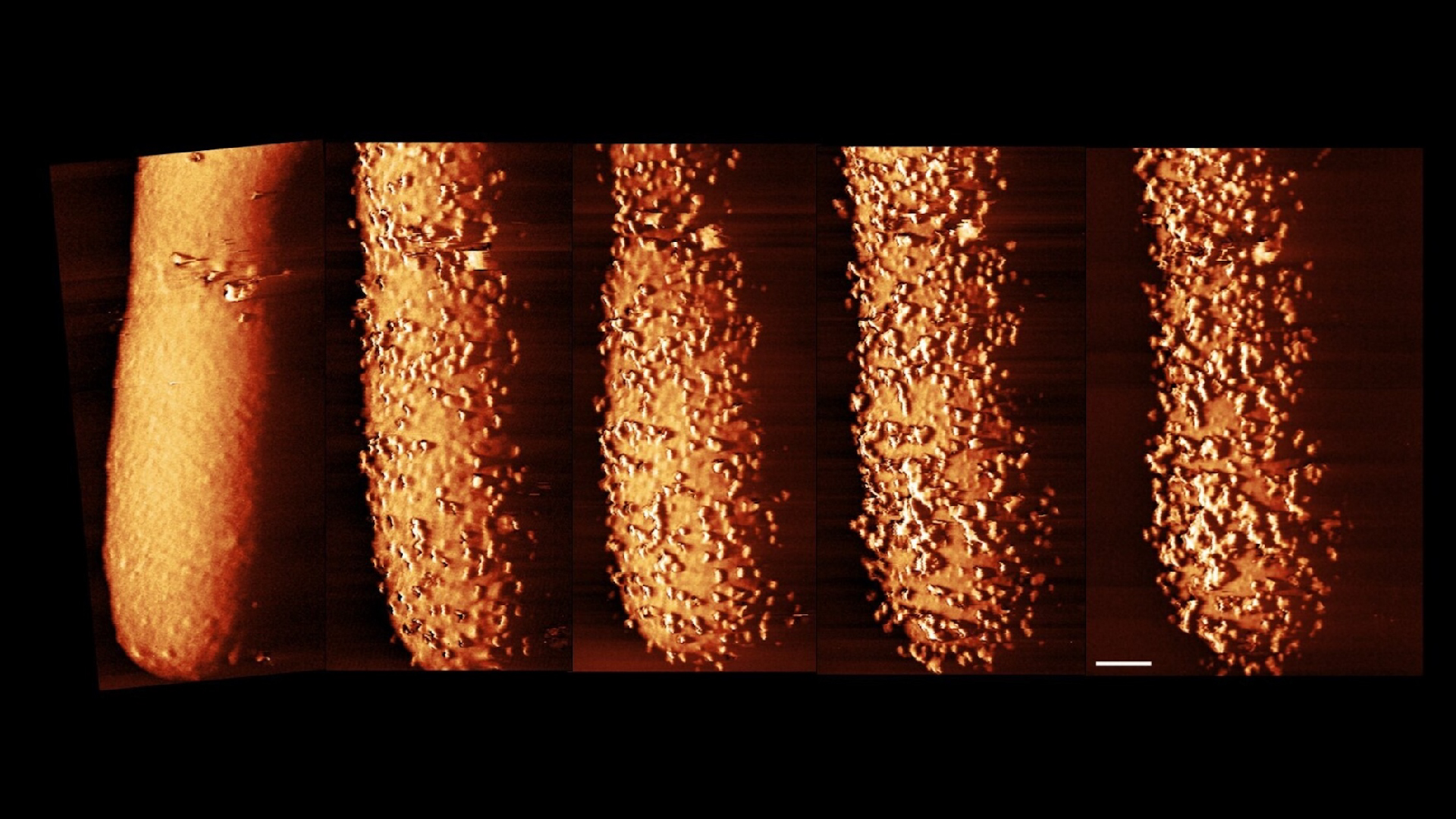
A major source of public confusion in the escalating debate between intelligent design and evolution is the question of what a scientific theory actually is.
It is a question that will be at the heart of the Pennsylvania court case beginning today that tests the legality of teaching intelligent design, or ID, in public schools.
ID proponents argue that life is too complex to be explained by evolution. Instead, some being or entity must have designed it all.
Evolution states that all organisms are descended from a single primordial ancestor and that organisms expanded and diversified by acquiring and passing on new traits by means of several mechanisms, one of which is natural selection. Evolution is a theory supported by evidence from such disparate fields as paleontology, geology, genetics, and astronomy.
One of the things that will be decided in the Pennsylvania hearing is whether ID should be regarded as a valid scientific theory, or whether, as its critics maintain, it is just creationism's latest guise.
The question of whether ID is a theory is also central to a spate of antievolution legislation cropping up across the country, some of which argue that students should be exposed to different theories about the origins of life.
What is a theory?
But what exactly is a scientific theory? Is ID a theory? Isn't evolution only a theory? If both ID and evolution are scientific theories, why should one be taught and not the other?
Get the world’s most fascinating discoveries delivered straight to your inbox.
A large part of the confusion stems from the fact that there is a big difference between how the word "theory" is used in science and how it is used in ordinary conversation. A hunch, conjecture or an educated guess can become a hypothesis. But a theory is much more.
In science, a theory is an explanation that binds together various experimentally tested hypotheses to explain some fundamental aspect of nature. For an idea to qualify as a scientific theory, it must be established on the basis of a wide variety of scientific evidence. Its claims must be testable and it must propose experiments that can be replicated by other scientists.
"[Evolution is] a theory in a special philosophical sense of science, but in terms of ordinary laymen's use of language, it's a fact," said Richard Dawkins, a biologist from Oxford University, in a recent radio interview. "Evolution is a fact in the same sense that it's a fact that the Earth is round and not flat, [that] the Earth goes round the Sun. Both those are also theories, but they're theories that have never been disproved and never will be disproved."
It is about as sensible to doubt that evolution occurs as it is to doubt that gravity exists, scientists say.
On Earth, release an apple and it will fall towards the planet. This is a fact, and the theory that explains this phenomenon is the current theory of gravity. Similarly, all living organisms share a common ancestry. This is a fact, supported not only by the visible similarities in body structures among organisms, but more powerfully, by evidence from genetics. The theory that best explains these similarities is evolution.
ID, on the other hand, is not a theory. It is a hypothesis, but it is not even a scientific hypothesis because there is no way to experimentally verify its central claim that a Supreme Being intervened in the creation of life on Earth.
Like religion, ID is a belief. And while many people take their religion as fact, science would go nowhere if it operated that way. Many of the great discoveries—from disease cures to advanced technologies and trips to the Moon—would never have been possible without the rigorous scientific process that carefully distinguishes between belief and testable fact.
Double meaning
"Evolution is an organizing principle and when we call it a theory, we mean it's a theory, we don't mean that it's a belief that someone holds," said Alan Leshner, the CEO of the American Association for the Advancement of Science (AAAS) and executive publisher of the journal Science, in a teleconference last week with reporters organized to discuss the Pennsylvania court case.
ID proponents have exploited the dual meanings of the word "theory" to boost ID's status in the eyes of the public, critics say.
"They're trying to cut in line and not go through the normal steps to merit wearing the cloak of science," Leshner said. "They just want to take on the cloak of science because they like the credibility that comes with it."
One way to determine whether ID should be taken seriously as a theory is to examine the central arguments ID proponents use to support their claim. Journalists often neglect to do this and instead make the mistake of giving equal coverage to both sides without exploring the science, said Lawrence Krauss, a physicist at Case Western Reserve University in Ohio.
"In science there often aren't two sides," Krauss said. "You know, gravity works."
